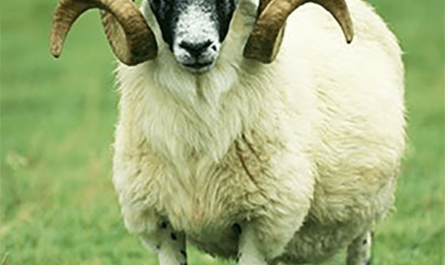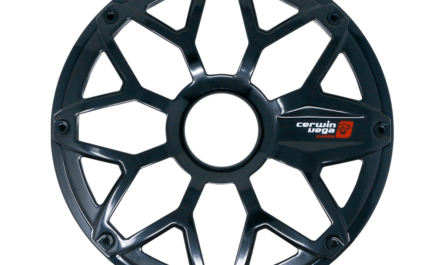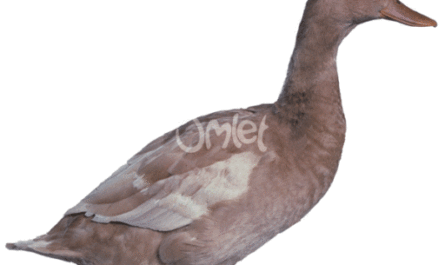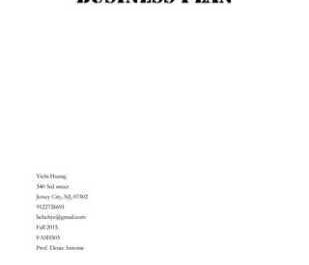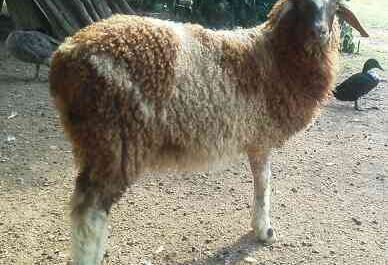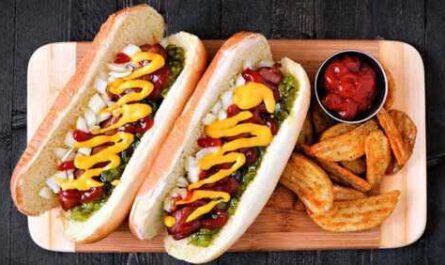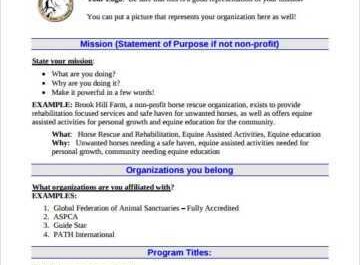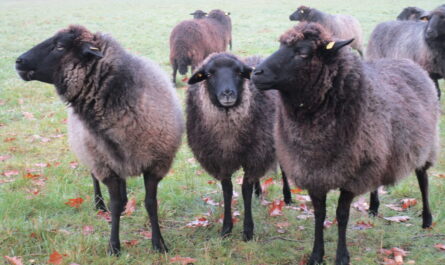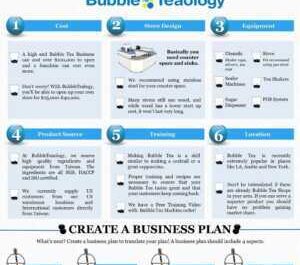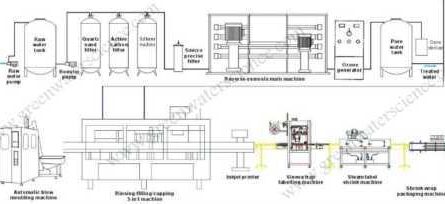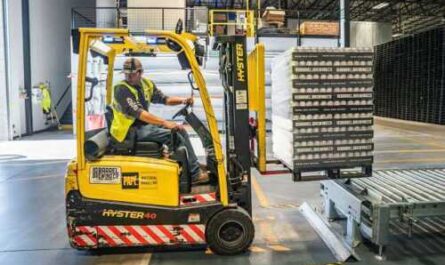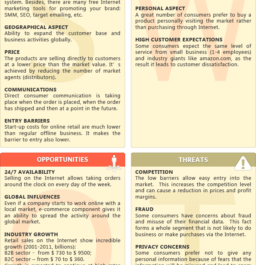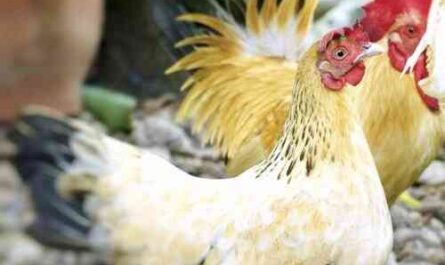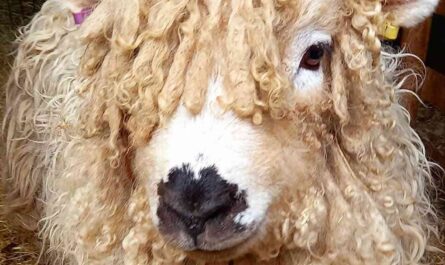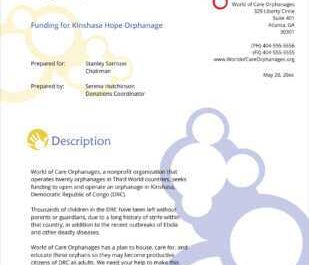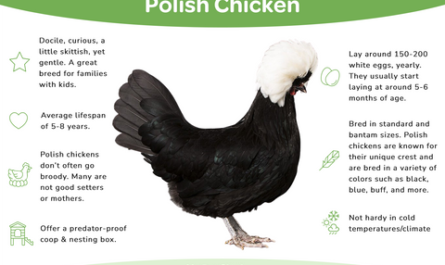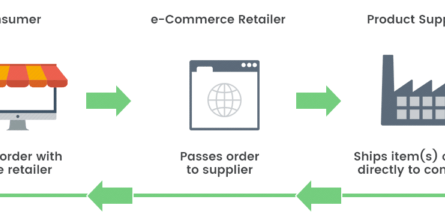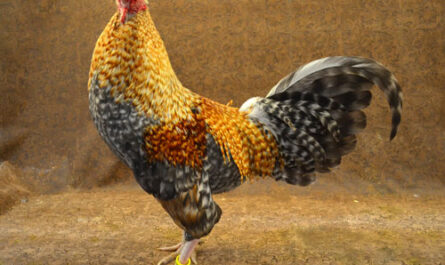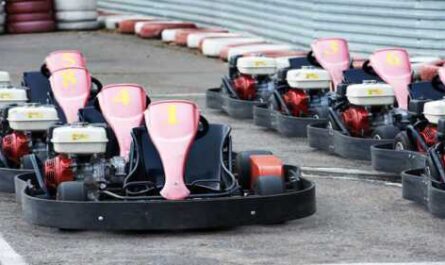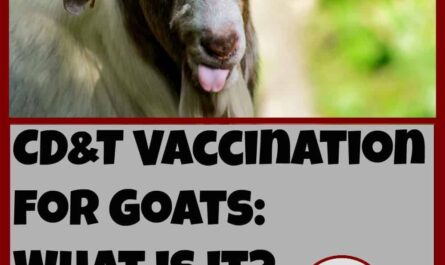Afrikaner cattle are a breed of beef cattle originating in South Africa. It is also known as African and is grown primarily for meat production.
Huge herds of this type of cattle were grazed by the Khoikhoi when the Dutch established the Cape Colony in 1652. The ancestors of this breed are believed to have originated from the Asian steppes and then migrated to Africa ages ago. about 2000 years.
Cattle numbers have also gradually shifted south across the continent. Afrikaner cattle are a very old breed of cattle. They share a common relationship with the Nguni and Drakensberger cattle breeds and most likely diverged 655-960 years ago.
The breed’s overall population was drastically reduced and by the start of the 20th century it was virtually extinct. The first Afrikaner stud book was created in 1912 in South Africa to monitor the development of the breed.
Although there is currently a high degree of inbreeding, mainly due to the recent depletion of these animals. Until the 1970s, Afrikaner cattle were the most numerous cattle breed in South Africa.
But their popularity among local farmers has declined due to problems with reduced fertility, inbreeding and a shortened breeding period in cows.
Other reasons for their population decline include interbreeding with exotic breeds of cattle, as well as the introduction of Brahmin cattle to southern Africa.
Currently, the breed is distributed mainly in South Africa, and is also available in Australia and Zimbabwe. Learn more about the breed below.
Characteristics of Afrikaner Cattle
The Afrikaner cattle breed is a medium to large sized animal, usually dark red in color. It is muscular, with long legs and a shallow body. Has a small cervico-thoracic hump, typical of Sanga cattle.
Bulls and cows have horns. Their horns are long and lateral, facing upwards. But their horns are often questioned in commercial transactions.
The legs of Afrikaner cattle are slightly sickle-shaped. The growth of bulls and cows is about 152 cm, but bulls are much larger than cows.
The average live weight of mature cows ranges from 450 to 600 kg. And the live weight of mature bulls ranges from 820 to 1090 kg. Photos and information from Wikipedia.
Advantages
The Khoikhoi used Afrikaner cattle for milk production and meat production. They were also used primarily as draft animals after European colonization. But today they are mainly grown as a beef cattle breed.
Special Notes
Afrikaner cattle are very hardy animals, well adapted to hot and dry local conditions. Their skin contains twice as many sweat pores as European cattle breeds.
They have a very good resistance to tick diseases. They have a relatively very good temperament and are very easy to handle. They are more economical to raise, and large numbers of Afrikaner cattle can be raised on the same land as European cattle.
The cows are very prolific and may continue to calve beyond the age of 16 (records show cows calving at 21). Cows tend to be excellent mothers, and more often than not one cow takes care of several calves while their mothers graze elsewhere.
Afrikaner bulls are also often used for crossbreeding. The Bonsmara cattle breed is the result of crossing Afrikaners with Herefords and Shorthorns.
Currently, the breed is grown mainly for meat production. See the full breed profile of Afrikaner cattle in the following table.
video
| Breed name | Afrikaans | |
| another name | African | |
| Purpose of the breed | Mainly meat | |
| Special Notes | Well adapted to natural climate, good for meat production, muscular, good resistance to tick disease, economical to grow, good temperament, easy to handle, good fertility, cows are very maternal, used for crossbreeding | |
| Breed size | medium to large | |
| Bulls | 820 1090 kg | |
| cows | 450,600kg | |
| climatic tolerance | native climate | |
| coat color | Usually dark red | |
| horned | Yes | |
| milk production | Not really | |
| scarcity | general | |
| Country/place of origin | Republic of South Africa |

